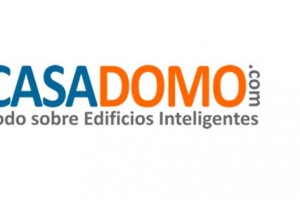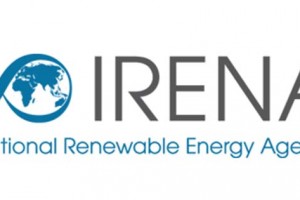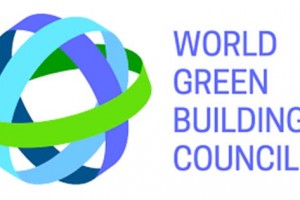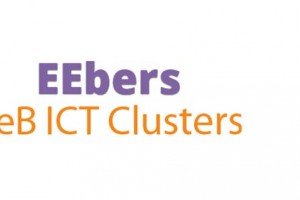According to a report published in 2014 by the World Green Building Council, there is great potential for office building sustainability to provide comfortable and healthy work areas for their occupants, and also figure an improvement in productivity for employees who work within these spaces.
This is usually attributed to such factors as the amount of natural daylight or natural materials that are used in the building, and this well-being in the workplace may increase the workers’ productivity in turn, and finally, long-term greater profits from the client’s satisfaction for businesses that use this type of building in their office spaces.
Office buildings with systems of efficient energy do not automatically provide a better work environment in buildings that we are now accustomed to, based a study of office buildings in Switzerland carried out by Lukas Windlinger Inversini, professor of workplace management in the University of Zurich of Applied Sciences, and his team of collaborators. This is because a building’s exterior is not the only factor that contributes to the user’s comfort; the interior designs in accordance with energy efficiency requirements and the use and enjoyment of the building’s user all play a similar role.
To facilitate the double view, the professor proposes that the building occupants participate in the design from its start, although evidently, Lukas himself admits the difficulty involved in this idea.
For more information click here.














